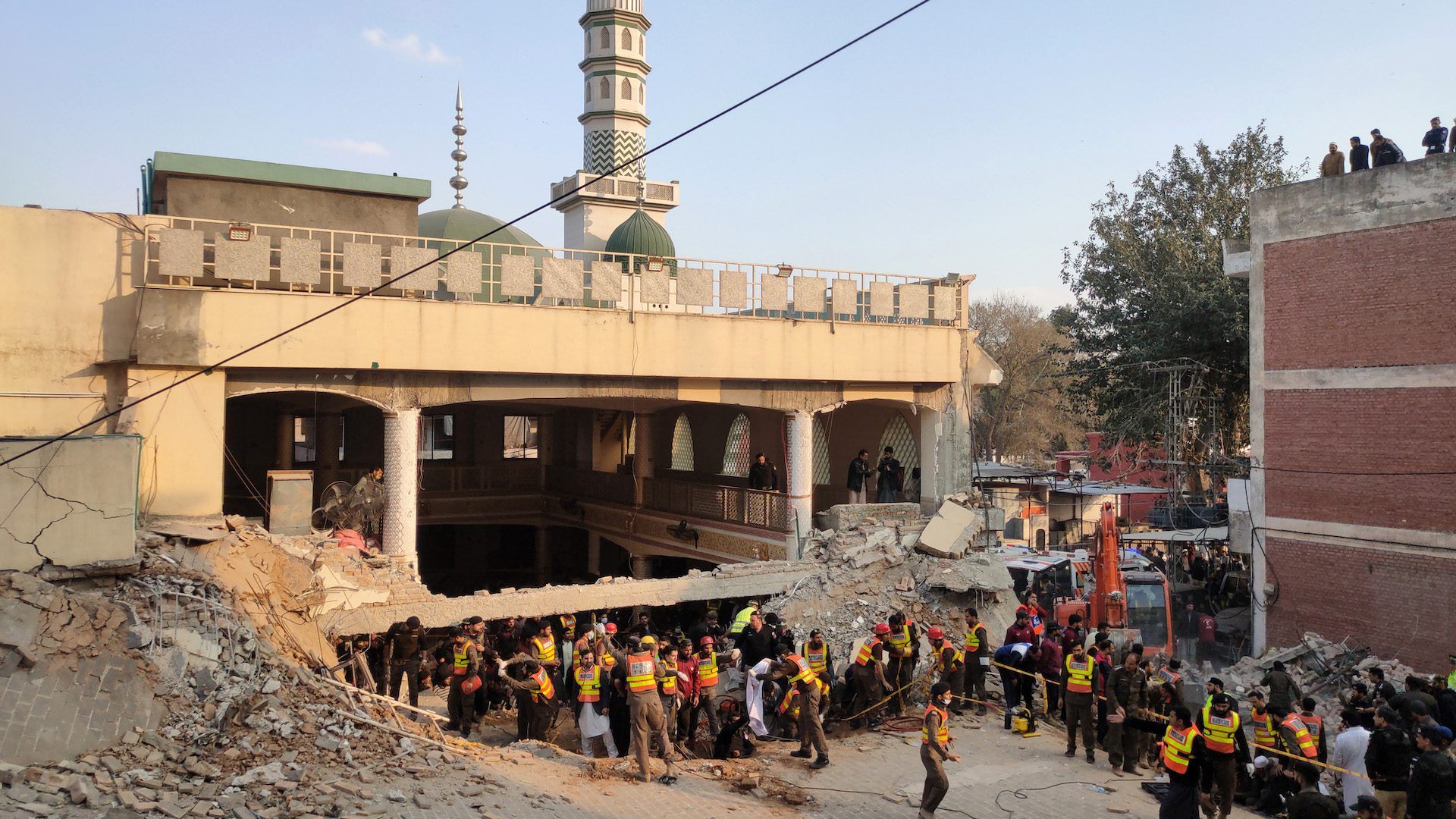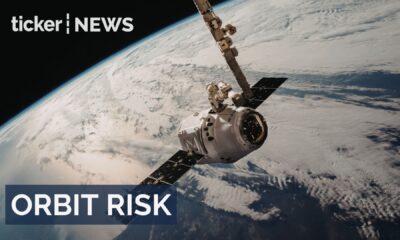News
Pakistan bombing death toll rises to 61

News
Crypto market roars back as Bitcoin surges past key levels
Bitcoin rebounds to $91,000, sparking speculation on the crypto market’s recovery momentum.
News
Global EV shake-up: Australia slows, China surges, Lexus teases supercar
Australia’s EV market slows, sales below 100,000; Costello discusses barriers and climate goals in latest Ticker episode.
News
Lando Norris claims first F1 World Championship after dramatic Abu Dhabi showdown
-



 News5 days ago
News5 days agoAustralia’s fastest-growing property markets revealed
-



 Ticker Views5 days ago
Ticker Views5 days agoSpace debris could sabotage Google’s next big AI breakthrough
-



 News4 days ago
News4 days agoEU launches antitrust probe into Meta over WhatsApp AI policy
-



 News4 days ago
News4 days agoTasmania AFL team confirmed: Macquarie Point stadium legislation passes
-



 Shows4 days ago
Shows4 days agoAccessibility gaps in cybersecurity
-



 Leaders4 days ago
Leaders4 days agoExperts question social media ban’s effectiveness for youth
-



 News4 days ago
News4 days agoChina shows unprecedented naval power across East Asia
-



 Ticker Views4 days ago
Ticker Views4 days agoThe housing crisis is forcing Americans to choose between affordability and safety






